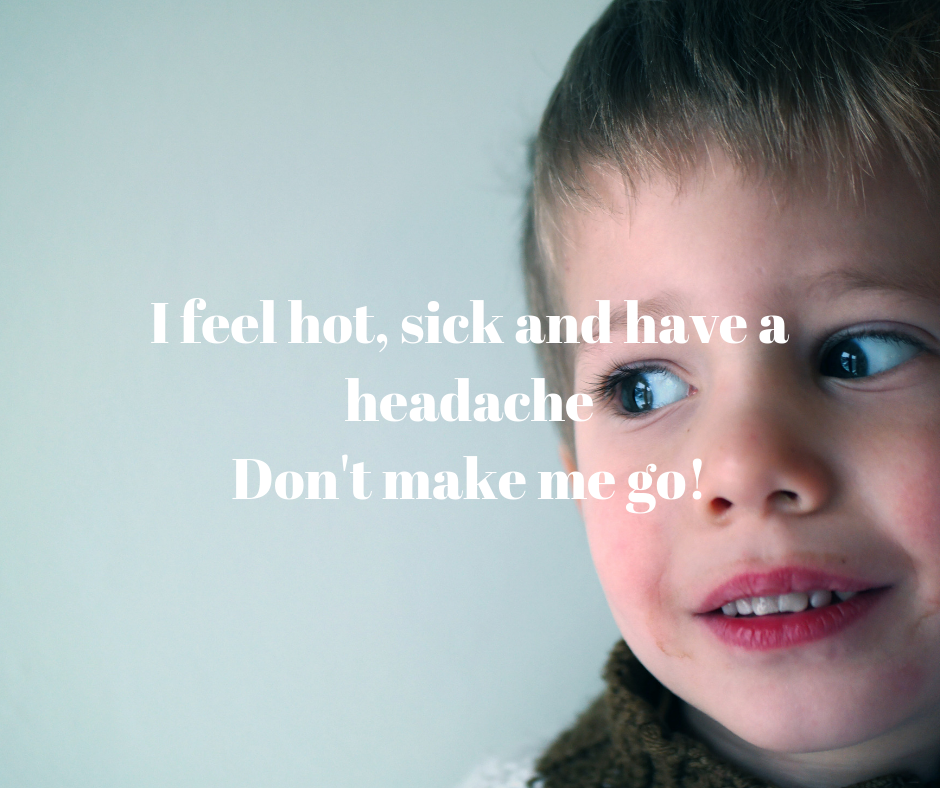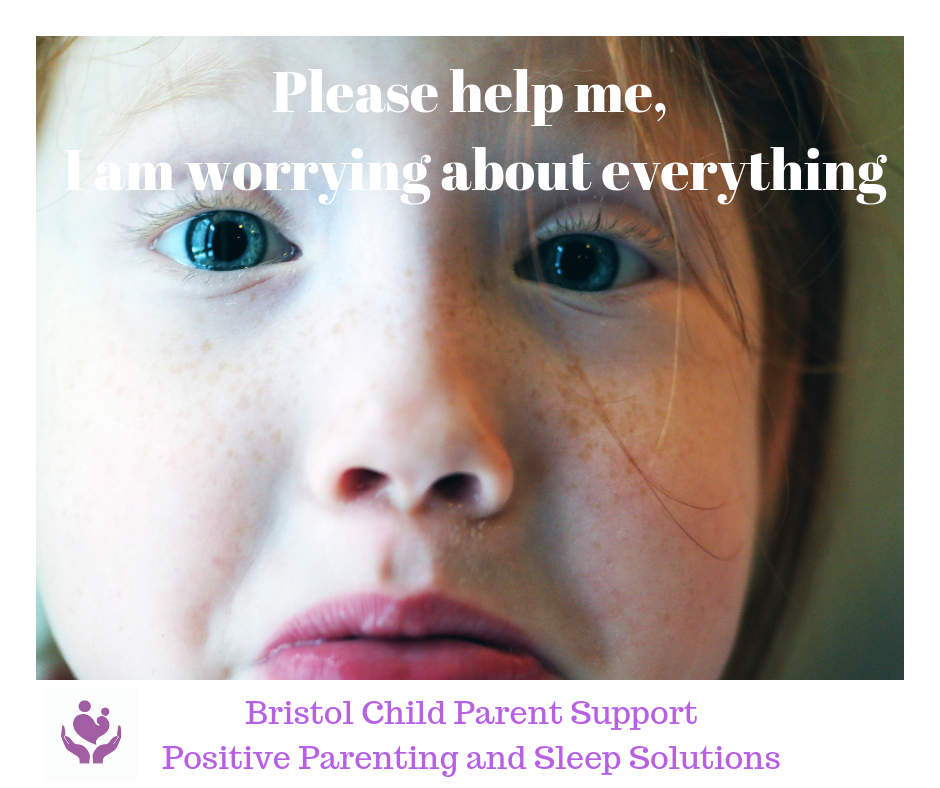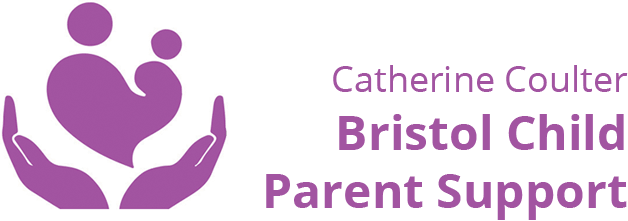Worries and fears are all part of normal child development. Anxiety can rule your child’s life and lead your life. It’s sometimes hard to determine whether it’s a disorder or just part of normal development. Let’s consider the following:
Recognising Normal Fears versus Anxiety Disorder
Fears and worries are a regular part of your child’s development. Most children can report having several fears at any given age. If the fear is not interfering with their daily life (e.g. sleep, school performance, social activities), or your family’s life. You will likely not need to bring your child to a health professional.
Anxiety disorders occur when:
- The intensity of the fear or worry is so high it starts to impact your child’s functioning and well-being.
- It impacts school and family life.
- The anxiety and level of worry are out of context with their developmental stage and age.
Recognising “Normal Fears“
Here is a list of widespread fears within developmental ages and stages referenced from the Child Anxiety Network ( a great website on Anxiety)

The older your child is, the more accurate their fear is.
BABIES/TODDLERS (ages 0-2 years) loud noises, strangers, separation from parents, large objects and toilets.
PRE/SCHOOLERS(3-5 years) imaginary figures (e.g., ghosts, monsters, supernatural beings, the dark, noises, sleeping alone, thunder, floods)
SCHOOL-AGED CHILDREN/ADOLESCENTS (6-13 years) Fears become more realistic (e.g., physical injury, health, school performance, death, thunderstorms, and Earthquakes.
Recognising Anxiety Symptoms
Physiological Symptoms
The fight-or-flight response creates symptoms. It is a bodily reaction governed by our Amygdala. Children are learning to recognise and talk about emotions; hence they are more likely to show it in physical symptoms such as:

- Lots of tummy aches
- Feeling sick
- Headaches
- Feeling dizzy
- Dry mouth
- Wanting to go to the toilet a lot
- Soiling/Bedwetting
- Not being hungry or wanting to eat too much
Negative Thoughts
- Worrying about family’s health and preoccupied with death
- Suffering from many “what if “thoughts often seem unrealistic and occur in the future.
- Sometimes, children “ruminate” over and over on something that occurred during the day at school (e.g. they may have got something wrong in a lesson)
- I was thinking about the worst, “catastrophising”, about what may occur.
Behavioural Symptoms of Anxiety
- Marked avoidance of certain situations that they used to. ( people, schools, places, and animals) and may start to impact their day-to-day life.
- In younger children, you may notice extreme aggression or meltdowns directed or distress and extreme crying before a situation.
- Not wanting to go to bed or sleep alone. Nighttime fears, waking in the night, and lots of nightmares.
- Safety behaviours, children develop routines that they need to do to feel safe and keep their anxiety at bay. Other safety behaviours seek constant reassurance from you. Please note safety behaviours offer temporary relief and sometimes maintain anxiety.
- Find it hard to separate from you and want to cling to you.
- Some children do not speak in certain situations, which is “selective mutism.”
- Some children develop fears around illness; they think they are ill but are anxious.
Note: Prolonged anxiety can lead to low mood and depression.
Types of Anxiety Disorder
Disclaimer: Please note that this is information, not advice. This blog is not intended to be an alternative to a specific direction. Therefore, you must obtain the relevant professional or specialist advice before taking or refraining from any action based on the information on these web pages.
The Royal College of Psychiatry names five main types ( click on the headings if you want further information):
Fears and Phobias
Sometimes your child’s fears about particular things (e.g. needles, animals) or places (e.g. darkness, heights) can be intense. Don’t go away and are called a phobia. They may need some help in overcoming them.
Generalised Anxiety ( GAD)

Some children feel anxious for no particular reason. For that reason, concentrating on school and much more can get in the way.
Separation Anxiety
Children feel anxious about being away from you or the primary caregiver. Because of that, it may interfere with attending school or going to social events.
Social Anxiety Disorder
You might notice your child is very comfortable with you and the people they know. However, they may avoid new situations and large groups and avoid eating before others ( going to restaurants can be problematic).
Panic Disorder
A panic attack is an extreme form of anxiety; hence, you may notice your child experiences frightening thoughts, “that they may die,” and many physical symptoms during an attack.
Furthermore, your child can have PTSD, Agoraphobia, Health Anxiety, and Selective Mutism.
How can you help?
- Above all, teach your child an emotional language. What words do they have for fear?
- Externalise the problem, give that part of them a name, the Worry Monster” or “the Worry Wobbler” Remember, it’s not their whole. Can they be a brave warrior and overcome Anxiety?

- Educate your child and talk to your child about the cause of anxiety.
- Teach them how to self-soothe and find ways they can calm down.
- Make links between physical sensations ( what happens in their body, headaches, tummy aches, etc. and anxiety.
- Mindfulness and breathing help but not for every child; more ideas here https://bristolchildparentsupport.co.uk/relaxation-ideas-for-children/.
- Finally, please help them face the feared situation; avoiding it will only help in the short term.
Thank you for reading this and for your commitment to your child’s well-being and family. Remember: parenting is hard work, and you all deserve support. Please share your gratitude and love by sharing and liking my Facebook Page, and contact me if you need help. With Love Catherine



